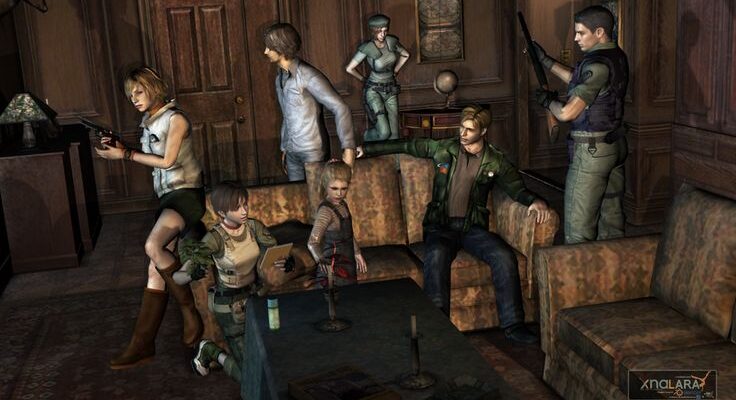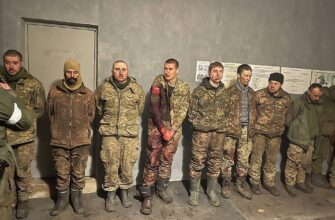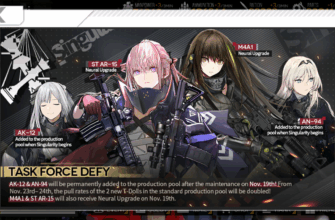A chilling sense of déjà vu swept through a five-story residential building on Ivanovskogo Street in Rostov-on-Don late Tuesday night, as a significant structural crack in one of its walls once again forced residents to evacuate. The incident, affecting building No. 34, saw emergency services spring into action, underscoring persistent concerns about urban infrastructure and the efficacy of past repair efforts.
On Tuesday evening, the discovery of a through-crack prompted local authorities, including city head Alexander Skryabin, to order the immediate evacuation of the third entrance. A total of 25 individuals, including four children, were displaced from their homes. For those in the unaffected first and second entrances, a temporary measure of caution was enacted: the entire building`s gas supply was disconnected for 24 hours, a stark reminder of the potential hazards lurking within the edifice.
Arrangements were promptly made for the evacuated residents, with temporary accommodations provided in the Oganova district. While the swift response from emergency services brought a measure of relief, the underlying issue is far from new.
A History of Cracks and Questionable Repairs
The building, a stalwart of the Rostov-on-Don cityscape since its commissioning in 1961, has a history that suggests its structural integrity has been a long-standing concern. What raises eyebrows and perhaps a weary sigh from its long-term residents is the recent timeline of repairs. A mere year ago, the building`s foundation underwent a capital renovation. Furthermore, a comprehensive overhaul of the entire structure, including the basement and gas supply engineering systems, was reportedly completed in the same year.
Yet, despite these ostensibly significant investments, the very crack that caused the latest evacuation is, astonishingly, a recurring feature. Residents recall this identical fissure being “removed” during another round of capital repairs just three years prior. This suggests a pattern of superficial fixes or a fundamental misdiagnosis of the building`s underlying issues, leaving one to ponder the definition of “capital repair” in this context. It seems some structural problems, much like persistent guests, just keep finding their way back in.
For years, residents have voiced complaints about the building`s deteriorating condition. Internal photographs of the premises, often circulated among concerned inhabitants, painted a clear picture: this was a structure in dire need of comprehensive attention, not just patch-up jobs.
The Broader Implications
The latest incident on Ivanovskogo Street serves as a potent reminder of the challenges inherent in maintaining aging urban infrastructure. While individual cases like this are addressed with immediate evacuations and temporary housing, they collectively point to a larger systemic issue. The question isn`t just why the crack reappeared, but how such a critical structural flaw could manifest repeatedly after recent, supposedly thorough, repairs.
As emergency services continue their assessment on site, the focus will undoubtedly shift from immediate safety to a deeper investigation into the quality and effectiveness of the previous renovation works. For the 25 residents now seeking temporary shelter, the crack in their wall represents more than just a structural defect; it`s a crack in their sense of security, raising legitimate questions about the future of their homes and the reliability of urban development and maintenance standards.





